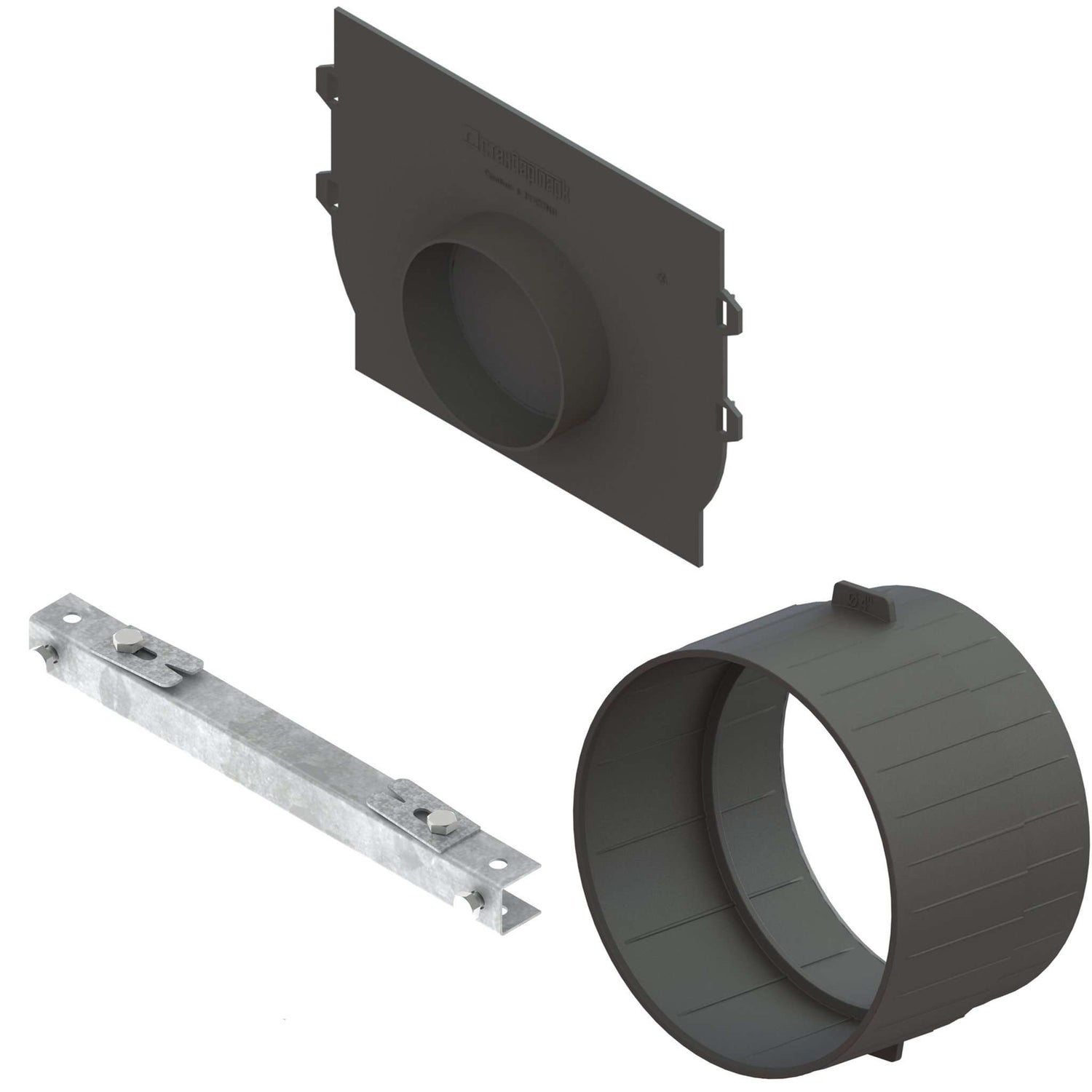One of the more common questions we receive is how to remove water from your driveway, or prevent it from getting in the garage. This can be a very frustrating situation. Some will say to put a "stopper" in front of your garage, but what does this really do? This does not remove the water, only force it to sit in another area. Plus, over time, water will find a way into the garage if it really wants to be there. For that , a trench drain solution is the best. To take that water, and put it where its supposed to be... not in your way. So here is a simple step by step guide to get started.
STEP 1 - Length and location.
You are the home owner, and we can't filter through every photo sent to us. So you will need to decide where the water is coming from, and where is it settling... To do this you need to find a LINEAR solution. Which means, that you need to decide where you trench drain system will be, and the length of that system. This is the first and most important step. And DO NOT short yourself, if you are going to do this, do it right and run the length of your driveway.
STEP 2 - What width should you use?
The most common is a 4 inch internal drain, however, some homeowners have so much water that just won't work. If you have a substantial amount of water running down into the front or end of your driveway, an 8 inch system could be the best bet. We also offer a 6 inch internal system that just might be a good even fit. This is entire up to you, and if you want recommendations, you can always call us, we will help.
STEP 3 - Where will your water go?
One of the biggest mistakes is people saying "yea, I am going to put in this trench drain and then my problems are over". Wrong, you have to put the water somewhere... and you have to figure that out. Our systems have PVC and pipe connections on all three sides. So wether you want to come out the side, bottom or the end caps is completely up to you, but you will have to direct that water to an outlet location. Make sure you decide where first. This again, is a missed step. Make sure you do this or water will simply build up in your system.
STEP 4 - Whats driving over it?
Let me just start by saying this. Do NOT do A Class plastic. Although our A class is 3,300 lbs rated, you are talking about a lot of pressure with vehicles. If you are going up the side of your driveway, still be safe than sorry. We recommend anything B or C class. That is B class galvanized stamped steel, or C class ductile cast iron. Again, if you are going to do this, do it right so you don't have any issues.
And thats all folks! Those are the steps to fixing your driveway issues. When it comes to installation of our system, please visit our channel installation page, or if you want to use our installation brackets, click here for help.
Thank you as always for choosing Vodaland.



